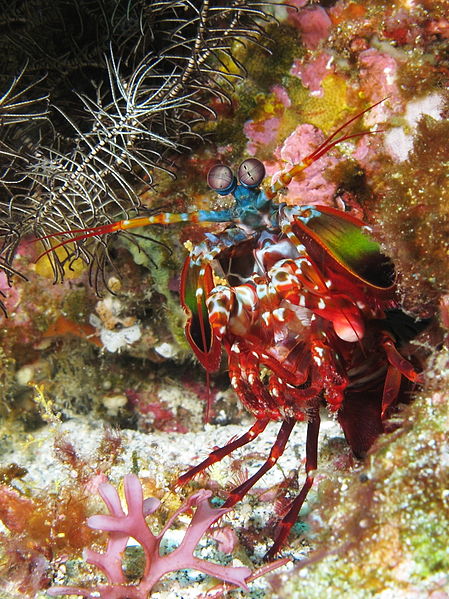Why on earth are tigers orange? 🐯
- Lauren Lewis

- Feb 24, 2023
- 2 min read
Colour plays a vital role in nature and serves many purposes, like attracting a mate, sending warning signals, or in the case of the predator: camouflage.
And yet; tigers, one of the world’s deadliest hunters, have evolved to be a shade of bright orange, despite the long grasses and tall trees present in their typical habitats. To us, orange is associated with hyper-visibility. So that raises the question: Why are tigers orange, not some shade of green?
It turns out the answer lies inside the eye. The Human retina usually contains three types of colour-detecting light receptor (known as cones): one for red, one for blue, and one for green. Therefore, we can see these colours and their combinations [see the leftmost colour wheel below]. This is known as trichromatic vision, and is something humans seem to share with various other primates and marsupials!
However, it turns out that most other terrestrial mammals only have two types of cone: blue, and green. Therefore, these animals, known as dichromats, can’t distinguish between red and green hues! [see the rightmost colour wheel below]
As a consequence, to their prey, tigers don’t appear bright orange against their surroundings [image b, below]. Instead, they seem a muted shade of green [image a, below], blending right in.
Whilst, arguably, green might still provide better camouflage, it also turns out that green pigment is much harder to produce in fur than red. Therefore, whilst tiger prey remains dichromatic, the marginal benefit of being green does not outway the effort required to become so.
Researchers are curious why evolution hasn’t driven mammal prey to become trichromats. After all, humans have three cones, birds have four, and the mantis shrimp has sixteen!
But, it seems that at least for now, that orange is here to stay.
For image credits, please see the image credits tab
















Comments